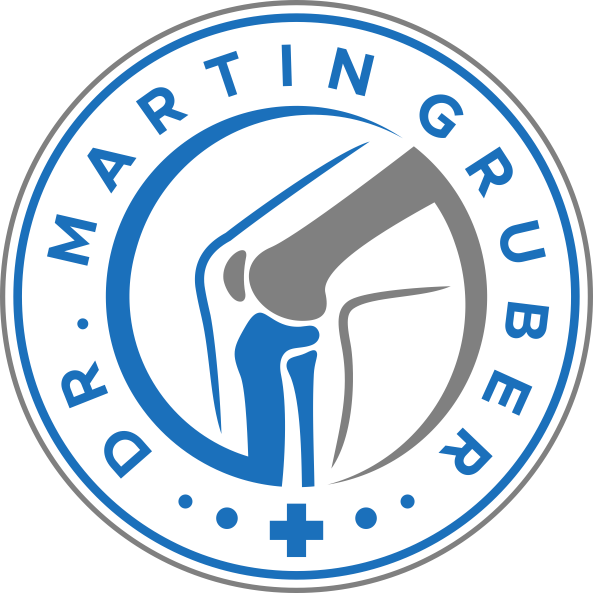Cartilage damage
Hyaline cartilage is the sliding surface that makes painless and frictionless movement in a joint possible in the first place. If the cartilage is injured or worn out, this is often recognized by crunching, creaking or cracking noises in the joint – pain and chronic inflammation are the result of insulted cartilage. Depending on the depth (grade 1 to 4), size and location of the cartilage damage, there are different treatment methods.
My treatment spectrum
Cartilage smoothing
This procedure is often performed carelessly, because a positive effect is not scientifically proven. Cartilage smoothing should therefore not be performed as a stand-alone procedure.
Mircofracture
At the site of the injury, the cartilage is cleanly removed and the now exposed bone is finely punctured. In this way, stem cells from the bone marrow enter the exposed area and recreate a tissue very similar to cartilage. However, this operation does not work for injuries that are too large. Aftercare is crucial: relief with crutches and physiotherapy for at least six weeks.
OATS
In this procedure, a cartilage-bone cylinder is harvested from an unloaded area of cartilage and placed in the injured or worn area. The removed broken part is reinserted at the removal site – so the cylinders are simply swapped and the cartilage is restored to full function where it needs to be able to bear weight.
ACT and MACT (cartilage cell transplantation)
Cartilage cells are removed and cultivated in the laboratory until sufficient new “endogenous” cartilage tissue has grown back. This is then reinserted into the knee. The problem with this is that it requires two surgeries on the knee. To avoid this, there is stem cell transplantation.
Stem cell transplantation
Stem cells are removed from the bone marrow of the pelvic bone in an operation, separated and immediately inserted into the cartilage. The advantage: the waiting time of around six weeks between removal and insertion is eliminated.

